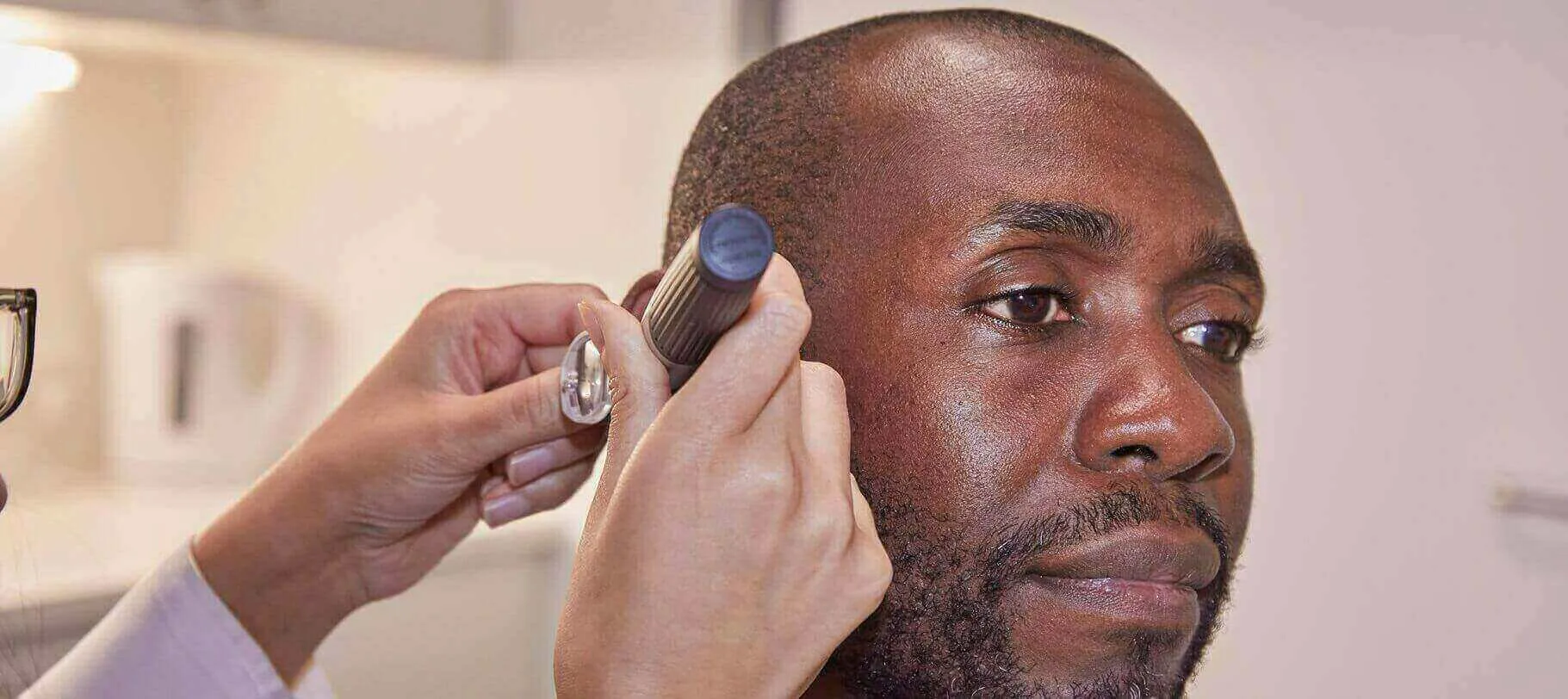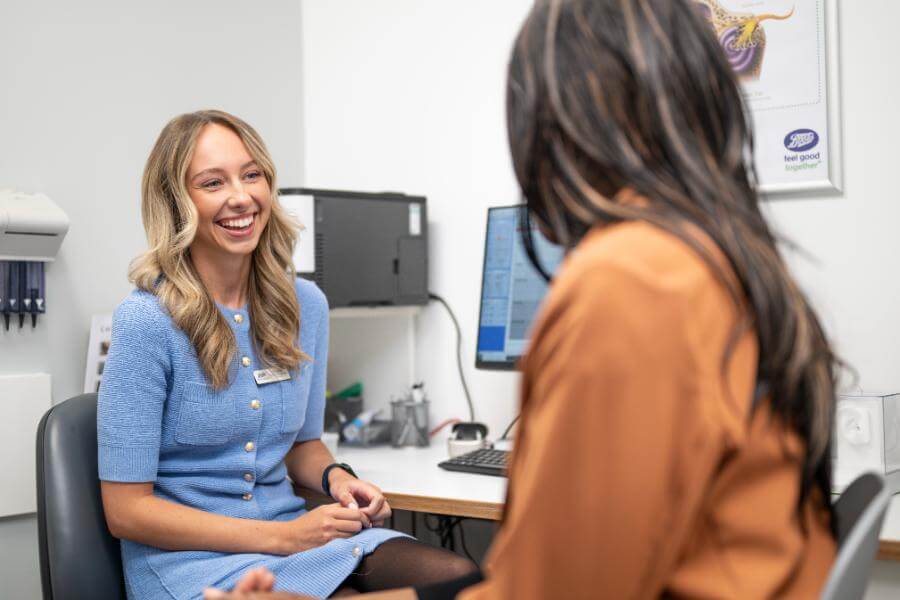Impacted earwax: Causes, symptoms, and removal options

Impacted earwax: Causes, symptoms, and removal options
2 minutes
published 17 March 2021
Reviewed 19 January 2025
What is impacted earwax?
Impacted earwax is a build-up of wax inside your ears.
Earwax (known medically as cerumen) is naturally produced by your ear canals. It’s a substance that protects your ear canal by collecting dust, dirt and dead skin from your outer ear, combining them with the oily secretion and forming them into earwax.
From time to time, harder wax is produced, particularly as you get older, and it moves much more slowly through your ear canal. This can result in build-ups, which can become impacted.
Impacted earwax causes
Your ears naturally self clean, so using items like cotton buds can actually push the wax further into your ears, which can cause impacted earwax.
But that’s not the only cause. When you produce too much earwax, or if it’s drier or stickier than usual, it can also lead to impacted earwax.
There are a number of other causes too, including:
• Age - as you get older, your earwax naturally becomes drier
• Moisture - this can cause the earwax to expand
• Narrow ear canals
• Hairy ear canals
• Earplugs, earbud headphones and hearing aids
• An increase in the debris and dead skin in your ears
• Medical conditions, such as eczema
Impacted earwax symptoms
Impacted earwax causes a range of symptoms, including:
• Hearing difficulties
• ‘Full’ ears
• Itching
• Tinnitus (a hissing, ringing or roaring in the ears)
• Dizziness
• Pain, due to pressure on your ear canal or ear drum
• Discharge
• Coughing, caused by pressure on the vagus nerve
Though they’re unpleasant while they last, these symptoms should ease when the earwax has been removed.
Impacted earwax diagnosis
If you suspect you may have impacted earwax, you should speak to your GP or audiologist so they can examine your ears.
To confirm the diagnosis, they’ll use an otoscope to look inside your ears and examine your inner ear. If impacted earwax is causing the issue, it should be clearly visible, and your GP or audiologist will be able to advise you about its removal.
Impacted earwax treatment
There are several options when it comes to impacted earwax treatment:
Earwax removal at home
The saying ‘never put anything smaller than your elbow in your ear’ rings true. However ‘full’ or irritated your ears may feel, don’t be tempted to clean them using small items such as cotton buds. They can actually push the wax deeper into your ear canal, resulting not just in impacted earwax, but possible infection or a perforated eardrum.
Instead of reaching for the cotton buds or diy home remedies, speak to your GP or pharmacist as they’ll be able to advise which over-the-counter products will be best for your situation. Alternatively, take a look at our tips for cleaning your ears at home.
Professional earwax removal
Impacted earwax can be painful, make it hard to hear, and the irritation it causes can result in infection. So it’s important that you have it professionally removed, whether by your GP or by practitioners such as our team.
Our practitioners can safely and effectively remove wax and debris using a gentle microsuction technique developed by ear, nose and throat (ENT) specialists.
Depending on the extent of the build-up, you may need a second appointment, but our team will be able to advise you if that’s the case.
Find out more about our earwax removal services.
When to see your GP
While some earwax removal can be carried out safely at home or by our team at Boots, there are some instances when it’s best to see your GP. Always speak to your doctor if:
• You’re vomiting
• Your ears are painful
• You have discharge coming from your ear
• You have a fever
• The blockage is making it difficult to hear
• Your ear is still blocked after using ear drops for five days
Frequently asked questions
Author
Boots Hearingcare
Boots Hearingcare



